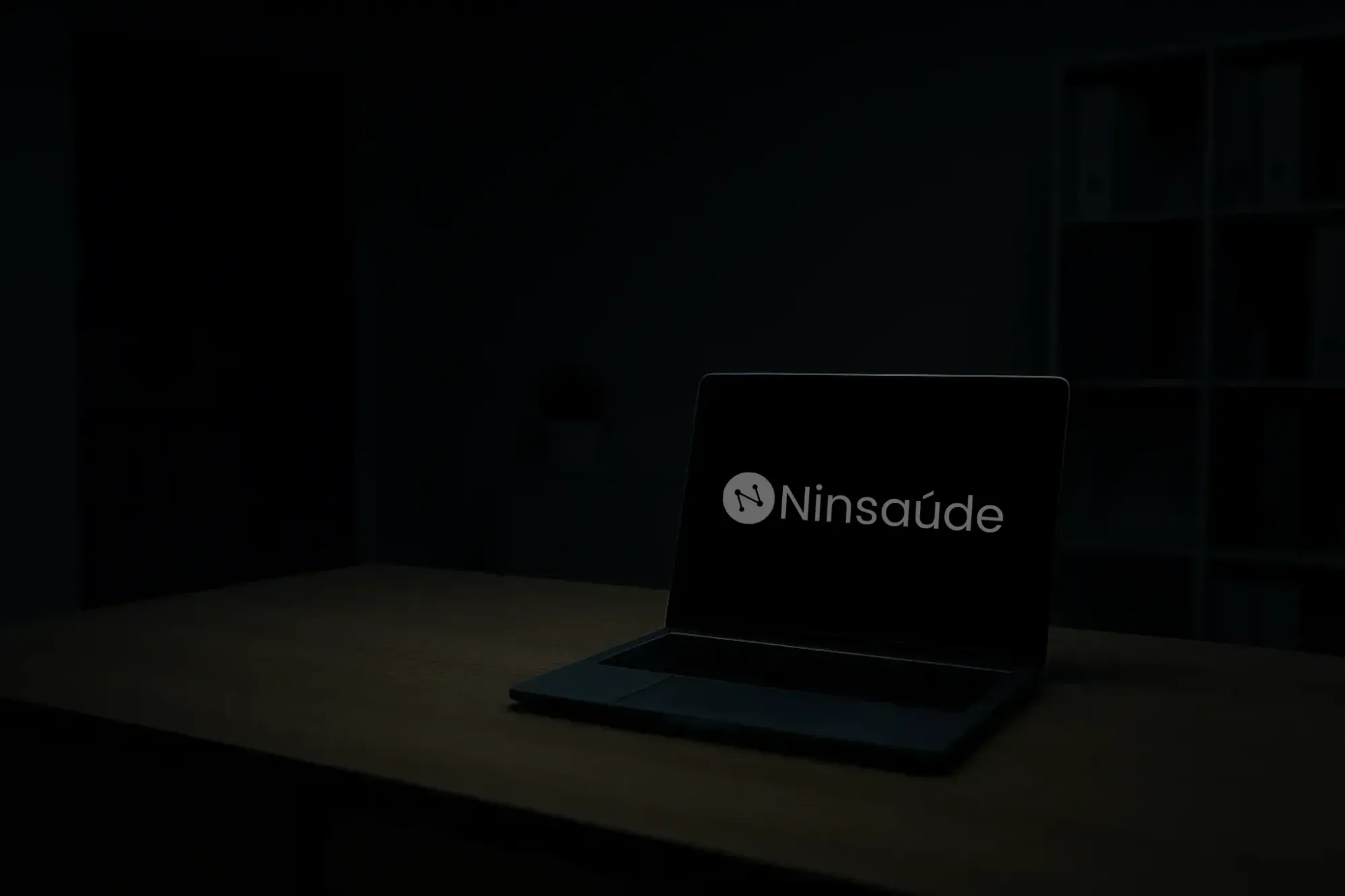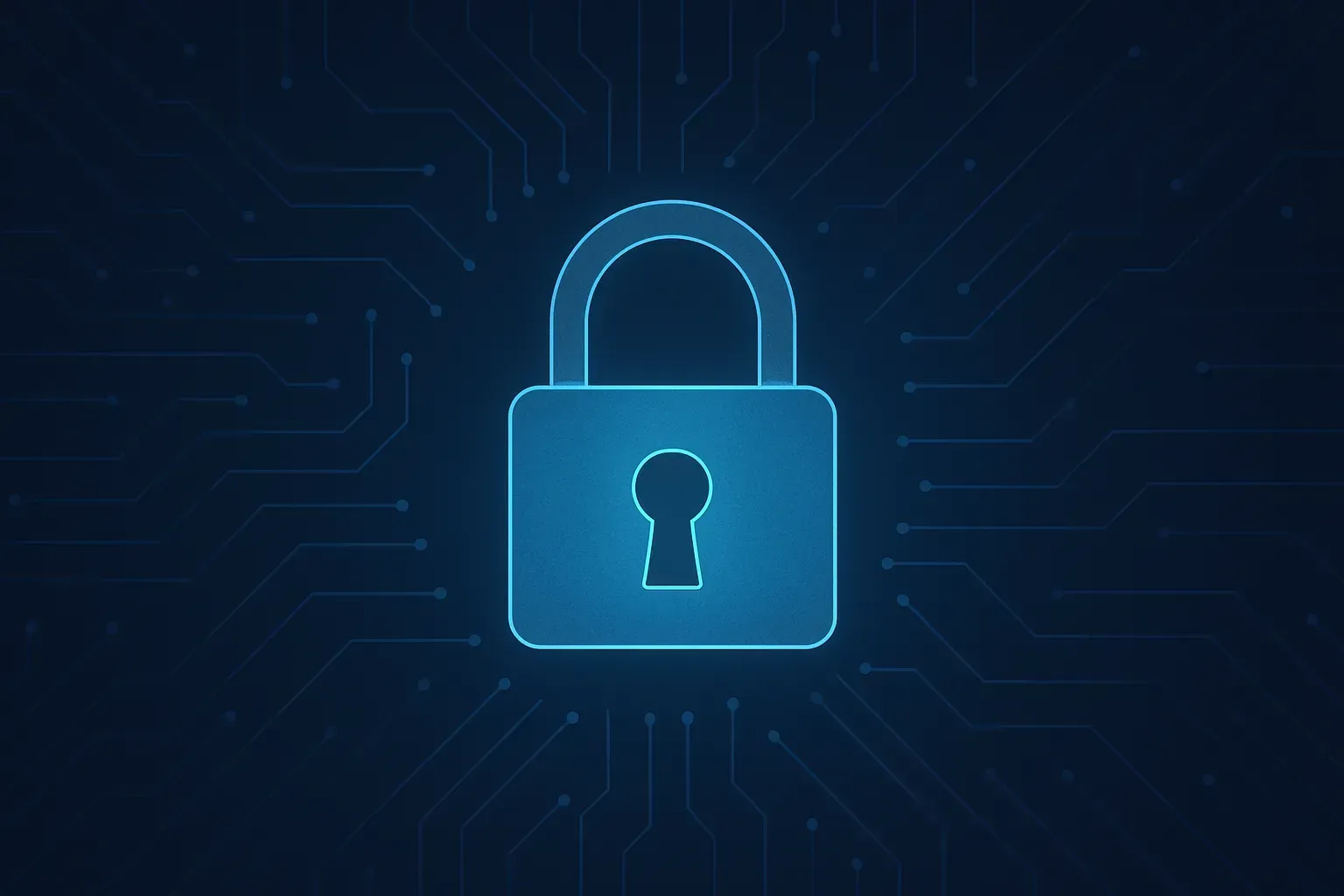
The daily routine of hospitals and clinics involves an increasing volume of exams and diagnoses that must be recorded, analyzed, and incorporated into the patient's electronic health record quickly and securely. However, it's still common to find institutions using separate platforms for issuing and viewing reports, requiring the medical team to juggle multiple logins and repetitive tasks. This fragmentation not only hinders team productivity but also increases the risk of clinical communication errors.
With the advancement of artificial intelligence technologies applied to healthcare, new possibilities arise to automate the generation and delivery of reports. 224Scan, for example, is a solution developed by Ninsaúde that not only enables automated interpretation of imaging exams but also allows direct integration of these reports into the system already used by the hospital or clinic. In this article, we’ll explore how this integration works in practice, the operational, technical, and strategic benefits it offers, and why it can be done effortlessly by the institution’s IT team.
Before we continue, an essential question: Does your institution already use artificial intelligence to speed up report delivery? 224Scan is the ideal solution for hospitals and healthcare institutions with a high demand for exams. Using AI technology, it interprets medical images and generates automated reports in just 60 seconds, reducing waiting times and optimizing patient flow. Click on the banner below to learn more and join the 224Scan launch list by entering your email on our website!

The Problem of Fragmentation in the Report Journey
In many healthcare institutions, report delivery still relies on isolated systems, requiring professionals to access external platforms to view exam results. This fragmented process creates an inefficient cycle: the physician must exit the electronic health record (EHR), locate the report in another system, interpret the data, and return to patient care—all under time pressure and with a higher risk of transcription or interpretation errors.

Moreover, this technological disconnect disrupts the care experience and directly impacts patient satisfaction. Delays in accessing reports compromise clinical decisions, slow down procedures, and hinder coordination among multidisciplinary teams. With the rising volume of exams, this issue tends to worsen, making direct integration between the reporting system and the EHR an urgent necessity.
Integration is More Than Convenience: It's Efficiency
Automatically integrating reports directly into the system used by the medical team is more than a convenience—it brings real operational efficiency. With reports available within the same environment as the health record, the team reduces clicks, eliminates system-switching, and centralizes all clinical information. This saves time, enhances care safety, and standardizes the clinical workflow.
By centralizing data, institutions also strengthen their clinical and administrative governance. Access control becomes more secure, information traceability improves, and records are updated in real time, reflecting the complete patient journey. Integration not only simplifies processes but also raises the overall quality standard of the institution.
Invisible Integration: The Power of 224Scan’s Open API
224Scan's major differentiator is its ability to connect with various hospital systems through a well-documented open API. This means that regardless of whether the hospital uses Tasy, MV, Epic, Power BI, or another platform, the reports generated by 224Scan's AI can be delivered directly into those systems automatically and securely.

This "invisible" integration allows the hospital to continue using its existing tools without the need for replacements or major adaptations. 224Scan operates in the background: it receives the image, interprets it using AI, and sends the structured report back to the primary system. All of this happens in seconds, eliminating bottlenecks and maintaining uninterrupted workflows.
The Role of the IT Team: Fast, Secure Integration With Minimal Effort
Even with robust technologies, the adoption of a new solution depends on the involvement of the technical team. With 224Scan, open API integration is designed to be simple, well-documented, and quick to implement—even in complex hospital environments. This means the clinic or hospital IT team doesn’t need to build solutions from scratch or deeply modify their current infrastructure.
Additionally, Ninsaúde’s support team provides comprehensive assistance, offering manuals, testing environments, and data validation to ensure smooth integration. This minimizes compatibility risks and speeds up time to production. The result is a tech process that flows efficiently—without burdening the internal team and while keeping clinical operations running seamlessly.
No Learning Curve: Your Team Stays in the System They Know
One of the biggest barriers to adopting new technology in clinical settings is the learning curve. Staff are already familiar with their current system, and additional training often faces resistance or takes too long. With 224Scan, this issue disappears. Professionals don’t need to access a new platform, learn a new interface, or change their workflow.
The report appears automatically in the usual place—inside the electronic health record. This means the physician or manager continues using the same menus, shortcuts, and protocols already in place. The user experience is preserved, and productivity remains unaffected. In fact, the time saved through integration boosts patient care and clinical decision-making.
Security and Compliance: LGPD, HIPAA, GDPR, and Traceability
In an environment with increasing concern over data security—especially in healthcare—any integration process must comply with major international regulations. 224Scan ensures this by strictly adhering to the guidelines of LGPD (Brazil), HIPAA (USA), and GDPR (Europe), protecting all sensitive patient data.

Beyond legal compliance, the system ensures complete traceability of reports. This includes version control, access logging, and audit trails to ensure transparency and legal safety. Institutions can operate confidently, knowing they are protected against data leaks, unauthorized access, or operational failures that could compromise clinical integrity.
Beyond Reports: BI-Ready Data and Dashboards
Integration with the system doesn’t stop at report delivery. 224Scan also enables structured clinical data export, opening doors to strategic analysis. Using tools like Power BI, hospitals or clinics can create dashboards showing exam volume, most frequent diagnoses, average delivery times, and team performance.
This information not only improves clinical management but is also valuable for audits, accreditation processes, purchasing planning, and strategic decisions. The intelligence behind the reports becomes actionable business insights, strengthening the institution’s market position and continuously improving quality indicators.
Strategic Value: Strengthening Market Position Through Integration
When a hospital or clinic adopts smart integration tools like 224Scan, the benefits go beyond technical gains. It signals to the market—patients, partners, and payers—that the institution is committed to innovation, quality, and efficiency. This enhances brand reputation and boosts patient trust, which directly influences retention and new patient acquisition.
Furthermore, a streamlined digital infrastructure can become a competitive differentiator in contract negotiations, public-private partnerships, and healthcare certifications. By optimizing report workflows, institutions position themselves as modern, data-driven, and aligned with global best practices in clinical care and technology adoption.
Final Result: Less Friction, More Productivity, and On-Time Billing
By automating report delivery directly into the hospital or clinic’s existing system, 224Scan removes friction between care stages, accelerates workflows, and improves team utilization. Doctors, nurses, and managers gain faster access to information, make fewer errors, and trust the data more.

In addition to operational benefits, integration has a direct impact on the institution’s financial health. With reports ready in seconds and embedded in the system, the billing cycle becomes faster, and insurance reimbursements face fewer rejections and gain predictability. In short: less effort, better results, and a far more efficient clinical experience for everyone involved.
Did you like the information and want to raise the diagnostic standards of your institution? 224Scan offers precision, speed, and full integration with your hospital system. Discover how to optimize workflows and ensure faster reports by clicking the banner below and signing up to experience this innovation firsthand!

